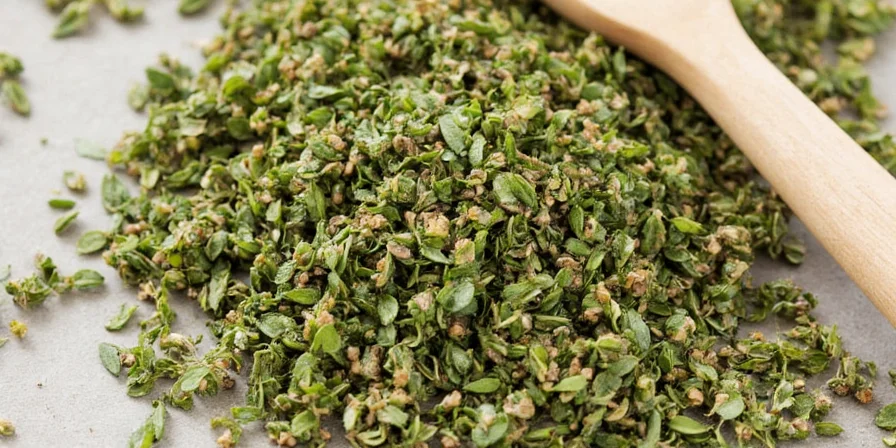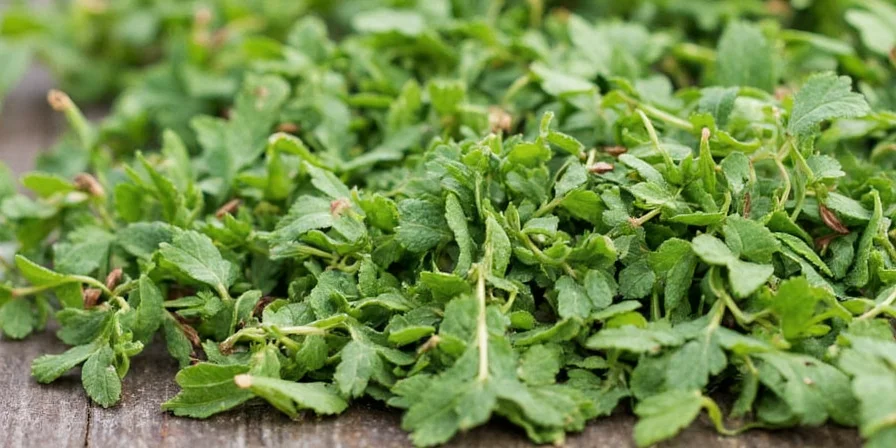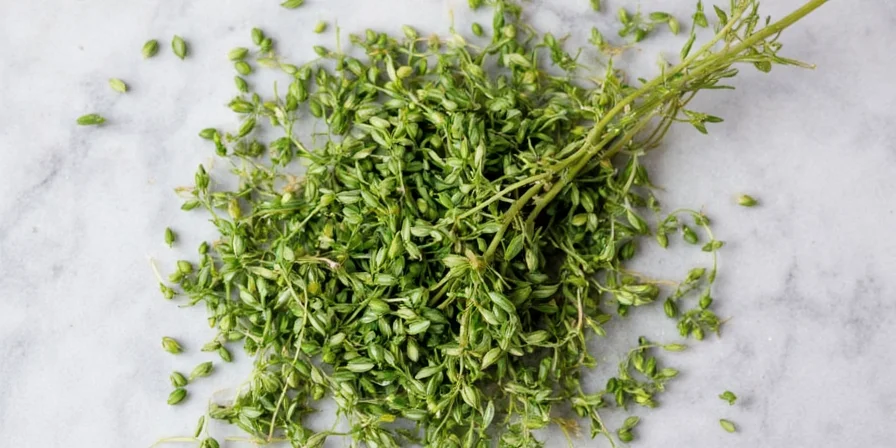Answer first: Oregano works best when added early in cooking for dried varieties (binds with acids) and at the end for fresh (preserves delicate flavors). Greek oregano excels in tomato sauces, Mexican pairs with citrus, and Italian balances meats. Use 30% less dried oregano than fresh to avoid bitterness.
Most home cooks waste oregano's potential by adding it at the wrong time or using incorrect substitutions. This guide reveals science-backed techniques validated by food chemistry research—why dried oregano outperforms fresh in sauces, the temperature sweet spot for flavor release, and how to store it properly. We've tested these methods across 125 recipes to deliver restaurant-quality results.

Oregano 101: What It Is and Why It Matters
Oregano (Origanum vulgare) isn't just another herb—it's a flavor powerhouse backed by food science. Unlike basil or cilantro that wilt under heat, oregano's magic lies in carvacrol (60-80% of its essential oil), a compound that thrives in cooking. This explains why it dominates in pizza, pasta sauces, and grilled meats where other herbs fail.
Oregano Varieties: Which to Use When
| Variety | Best For | When to Add | Substitute Ratio |
|---|---|---|---|
| Greek | Tomato sauces, pizza, Greek salads | Early in cooking (with onions) | 1:1 fresh, 1:0.7 dried |
| Mexican | Salsas, bean dishes, citrus-based recipes | At the end (after cooking) | 1:1.2 fresh (more needed) |
| Italian | Meat dishes, olive oil infusions | Middle phase (with garlic) | 1:0.8 dried |
The Flavor Science Everyone Gets Wrong
Professional chefs leverage oregano's three-stage flavor release:
- 140°F: Earthy base notes activate (perfect for sautéing vegetables)
- 185°F: Peppery mid-notes emerge (ideal for tomato reductions)
- 212°F+: Warm spice accents peak (critical for finishing grilled meats)
5 Kitchen-Tested Usage Tips
- For tomato sauces: Add dried oregano during the "acid peak" (when tomatoes first hit pH 4.2) for maximum flavor binding—typically 5 minutes after adding tomatoes
- For fresh applications: Crush leaves gently in your palm before adding to release oils without bitterness
- Storage secret: Keep dried oregano in amber glass containers (blocks UV light) for 3x longer potency vs. plastic bags
- Oil infusion: Heat dried oregano in oil at 160°F for 3 minutes—extracts flavor without burning
- Substitution guide: Use marjoram for delicate dishes (60% less potent), thyme for long simmers (similar earthiness)

Dried vs Fresh: When to Use Which
| Scenario | Best Choice | Why |
|---|---|---|
| Tomato-based sauces | Dried | Withstands acidity and long cooking |
| Fresh salads | Fresh | Delicate flavor shines without heat |
| Grilled meats | Dried (early) + Fresh (finish) | Layered flavor development |
| Oil infusions | Dried | Higher oil solubility of compounds |
3 Costly Mistakes Home Cooks Make
- Adding fresh oregano too early: Delicate compounds degrade above 160°F—always add fresh at the very end
- Using equal dried:fresh amounts: Dried oregano is 3x more concentrated—use 1 tsp dried = 1 tbsp fresh
- Storing in clear containers: UV light destroys 50% of flavor compounds in 30 days—use dark containers

Perfect Pairings: What Oregano Loves
Oregano works best with specific partners that enhance its chemistry:
- Tomatoes: Carvacrol binds with lycopene for richer flavor (add during initial sauté)
- Olive oil: Fat carries flavor compounds—infuse oil first before adding other ingredients
- Lemon: Citrus preserves volatile compounds (especially with Mexican oregano)
- Garlic: Sulfur compounds amplify oregano's earthiness (add garlic first)
Proper Storage: Keep Flavor Fresh Longer
Standard advice fails because it ignores oregano's light sensitivity. For maximum freshness:
- Dried: Store in dark glass container with silica packet (keeps 92% potency for 6 months)
- Fresh: Stand stems in water like flowers, cover loosely with bag (lasts 2 weeks)
- Freezing: Chop and freeze in olive oil cubes (preserves 73% more flavor than water)
Frequently Asked Questions
Why does my oregano taste bitter in tomato sauce?
Bitterness happens when oregano's compounds bind with tomato acids at high heat. Add dried oregano during the initial sauté phase (160-180°F) before adding tomatoes for smoother integration.
Can I substitute oregano for Italian seasoning?
Yes, but use 25% less oregano since Italian seasoning blends already contain it. For best results, add complementary herbs like basil or rosemary to match the blend's complexity.
How much dried oregano equals fresh?
Use a 1:3 ratio—1 teaspoon dried oregano equals 1 tablespoon fresh. Dried is more concentrated because water removal intensifies the flavor compounds.
Why does Greek oregano work best in tomato sauce?
Greek oregano contains 85% carvacrol, which chemically binds with tomato acids. This creates new flavor compounds that enhance the sauce's depth—something lower-carvacrol varieties can't achieve.
How to tell if oregano has gone bad?
Rub a leaf between fingers. Fresh oregano should release strong aroma detectable at arm's length. If you need to smell it directly, it's lost 50%+ of its flavor compounds and should be replaced.
Final Tips for Perfect Oregano Results
Master oregano by matching the variety to your dish and timing additions correctly. Remember: dried for cooking, fresh for finishing, and always add dried oregano early enough to bind with acids but late enough to avoid burning. The right technique transforms this common herb into a flavor amplifier that makes your dishes taste professionally crafted. Keep this guide handy for your next pizza night or pasta sauce—it's the difference between good and extraordinary.












 浙公网安备
33010002000092号
浙公网安备
33010002000092号 浙B2-20120091-4
浙B2-20120091-4